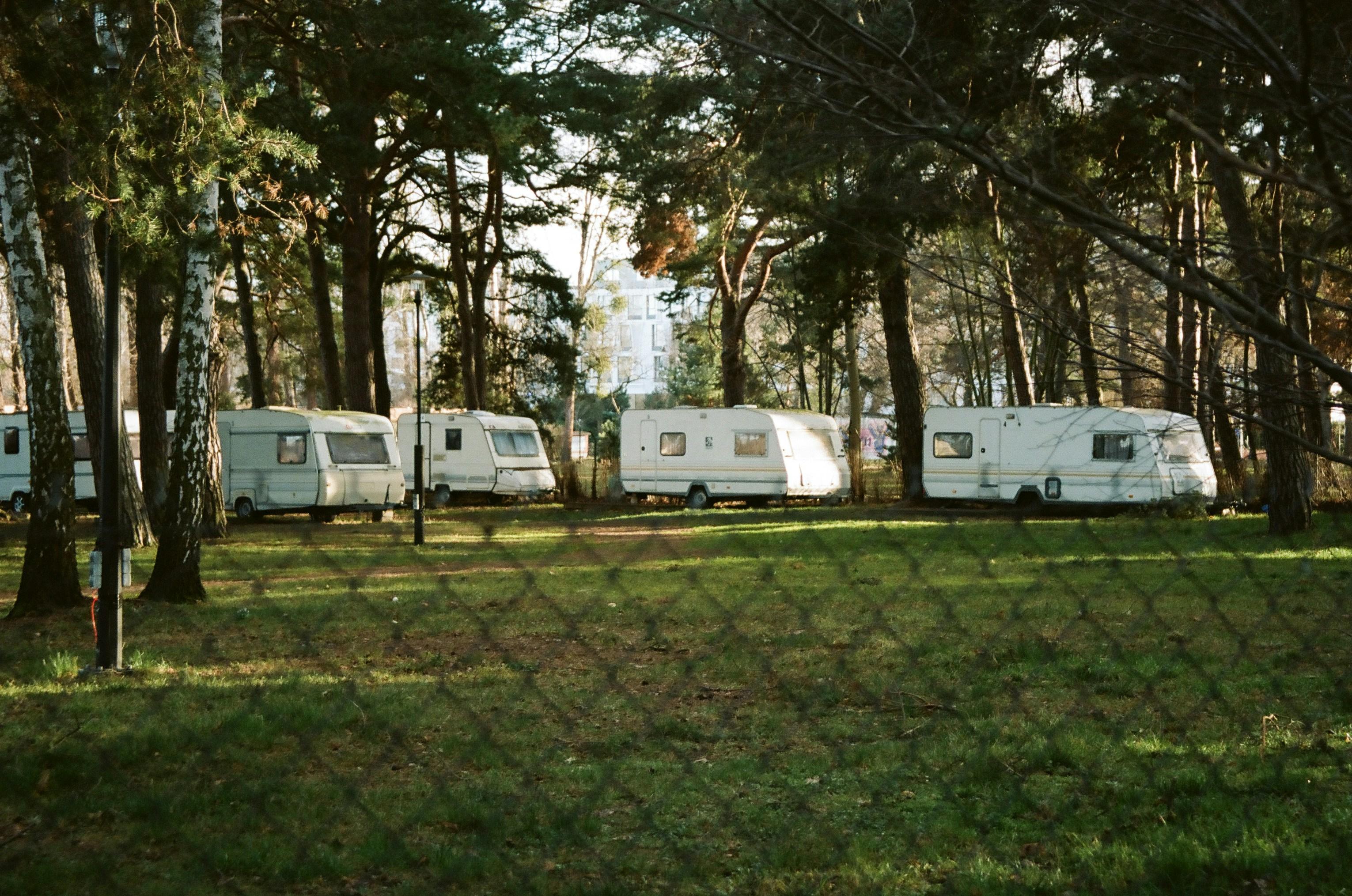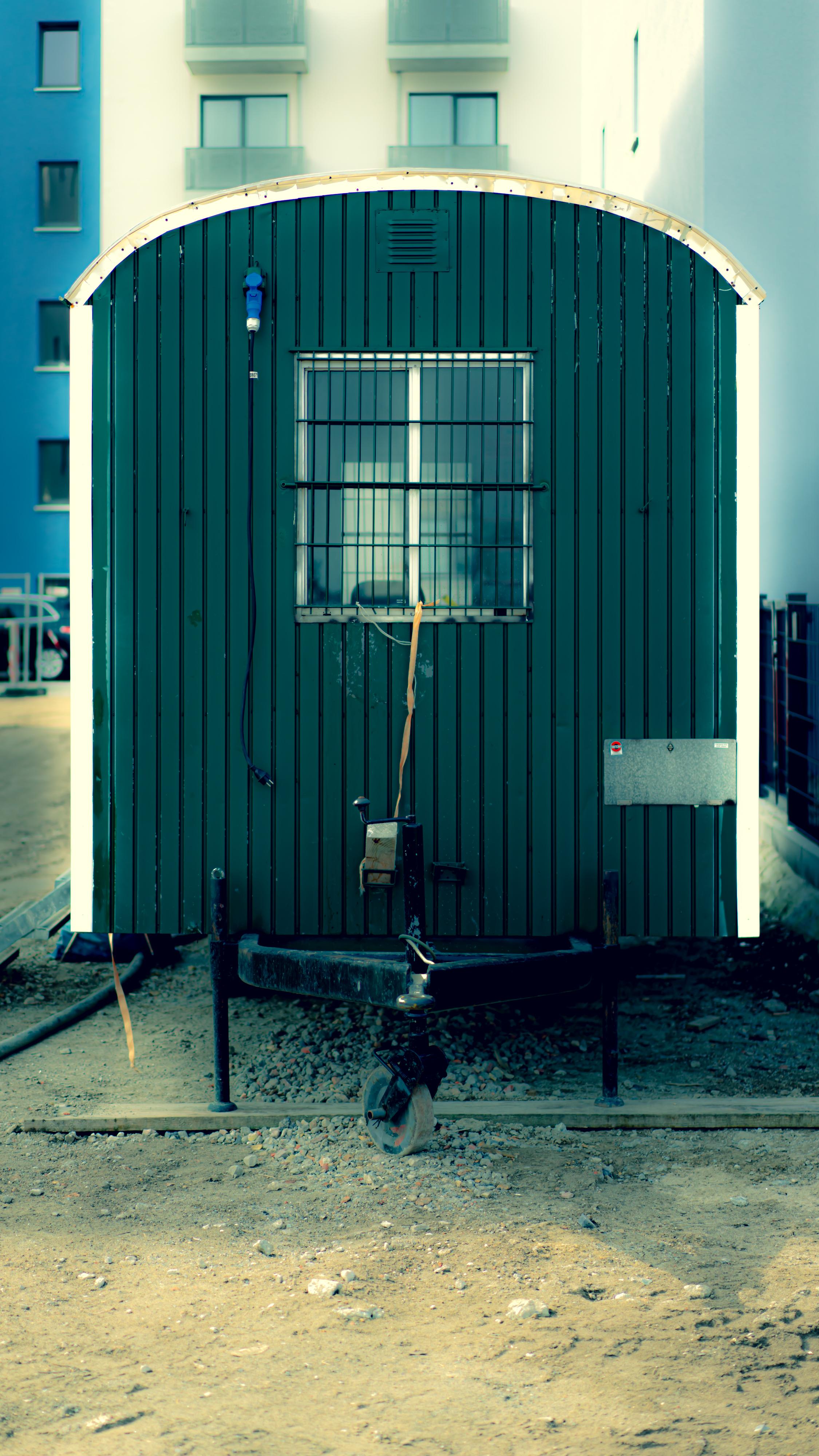“Nomadland,” Chloe Zhao‘s evocative adaptation of Jessica Bruder’s non-fiction book, has garnered widespread acclaim for its poignant portrayal of modern-day nomadism in America. With its sweeping vistas and intimate character studies, the film has captured the hearts of audiences and critics alike, earning accolades for its visual storytelling and emotional depth. However, beneath its celebrated exterior lies a tapestry woven with both triumphs and imperfections. In this analytical exploration, we delve into the cinematic beauty that makes “Nomadland” a visual feast, while also scrutinizing the narrative elements that some argue fall short. By examining both the film’s strengths and its perceived flaws, we aim to provide a balanced perspective on this contemporary masterpiece, celebrating its achievements while acknowledging areas where it might have ventured further.
Visual Poetry: The Cinematic Beauty of Nomadland
In “Nomadland,” director Chloé Zhao weaves a tapestry of breathtaking visual poetry that is both immersive and evocative. The film’s cinematography, helmed by Joshua James Richards, transforms the vast, desolate landscapes of the American West into a character of its own. Each frame is meticulously crafted, capturing the haunting beauty of the open road and the serene solitude of the nomadic lifestyle. The golden hues of the setting sun, the expansive skies, and the intimate close-ups of weathered faces all contribute to a visual narrative that speaks volumes.
The film’s aesthetic achievements can be attributed to several key elements:
- Natural Lighting: The use of natural light enhances the authenticity of the scenes, creating a genuine connection with the environment.
- Handheld Camera Work: This technique adds a documentary-like realism, making the viewer feel like a part of the journey.
- Minimalist Production Design: Simple, yet effective, it underscores the transient nature of the characters’ lives.
Character-Driven Storytelling: A Deep Dive into Frances McDormands Performance
Frances McDormand’s portrayal of Fern in Nomadland serves as a masterclass in character-driven storytelling. Her nuanced performance captures the essence of a resilient yet vulnerable woman navigating the complexities of modern nomadic life. McDormand’s ability to convey deep emotion through subtle gestures and expressions lends an authenticity to the film that is both poignant and compelling. Her interactions with fellow nomads are marked by a genuine warmth and empathy, which enriches the narrative and draws the audience into her journey.
Key elements of McDormand’s performance include:
- Subtlety: Her restrained acting allows for a more intimate connection with the audience, letting the silence speak volumes.
- Empathy: Her interactions with real-life nomads blur the line between fiction and reality, creating a deeply immersive experience.
- Resilience: McDormand portrays Fern’s strength and vulnerability in a balanced manner, making her character relatable and inspiring.
These aspects underscore how McDormand’s artistry elevates the film, transforming it into a poignant exploration of human endurance and connection.

Narrative Pacing: Striking a Balance Between Realism and Engagement
One of the most striking elements of Nomadland is its deliberate pacing, which oscillates between moments of serene contemplation and bursts of narrative action. This pacing is a double-edged sword: on one hand, it enhances the film’s commitment to realism by reflecting the unhurried, cyclical nature of life on the road. On the other hand, it sometimes risks losing the audience’s engagement, particularly during scenes that linger a bit too long without advancing the plot.
To strike a balance between realism and engagement, the film employs several techniques:
- Naturalistic Dialogue: Conversations often feel organic, capturing the essence of the characters’ lived experiences.
- Visual Storytelling: The cinematography paints a vivid picture of the American West, inviting viewers to savor each frame.
- Character Depth: By focusing on Fern’s internal journey, the film ensures that even the quieter moments are imbued with emotional weight.

Recommendations for Enhancing Nomadlands Storytelling Impact
To amplify the storytelling impact of “Nomadland,” consider integrating more personal anecdotes from the real-life nomads. This would not only provide a deeper connection to the characters but also enhance the film’s authenticity. Embedding these narratives can be achieved through:
- Interviews: Featuring brief, candid interviews with the nomads, allowing them to share their unique perspectives and experiences directly with the audience.
- Voiceovers: Utilizing voiceovers from the nomads themselves, overlaying scenic visuals, to create a more immersive and poignant narrative.
- Flashbacks: Incorporating flashback sequences that delve into the past lives of the nomads, shedding light on the events that led them to their current journey.
Moreover, enhancing the visual storytelling through more dynamic cinematography can elevate the film’s emotional resonance. Experimenting with varied camera angles and movement can help convey the vastness and solitude of the landscapes, mirroring the inner journeys of the characters. Techniques such as:
- Drone Shots: Capturing sweeping aerial views to emphasize the nomads’ smallness against the grand backdrop of nature.
- Close-ups: Focusing on the nuanced expressions and emotions of the characters to build a more intimate connection with the audience.
- Time-lapses: Showcasing the passage of time and the changing environments to reflect the transient nature of the nomadic lifestyle.































